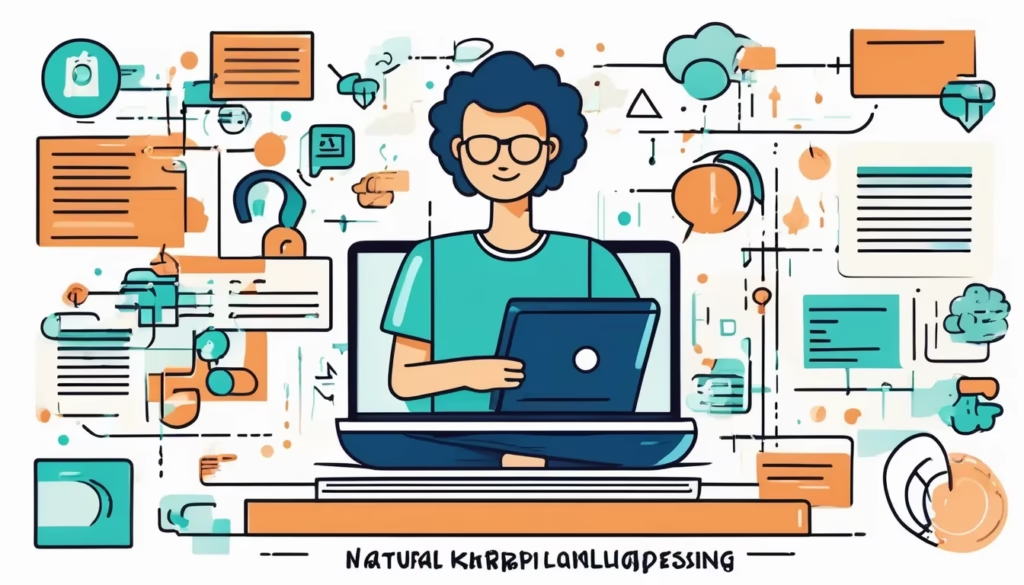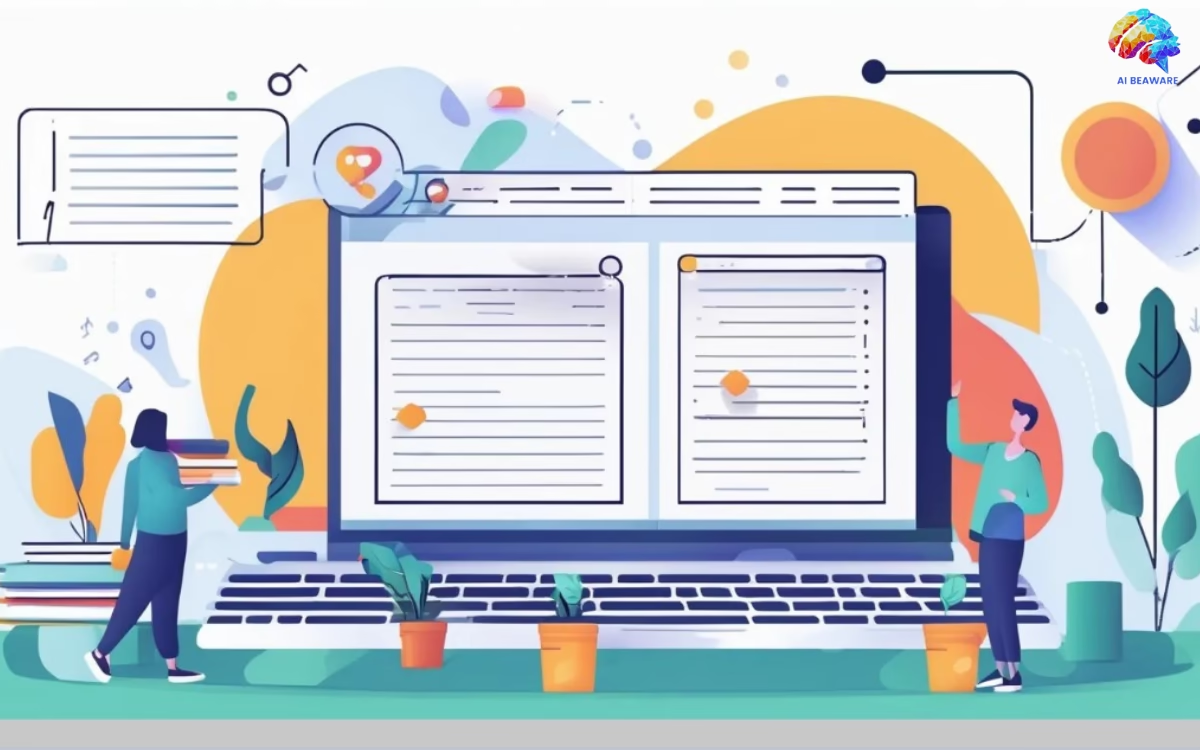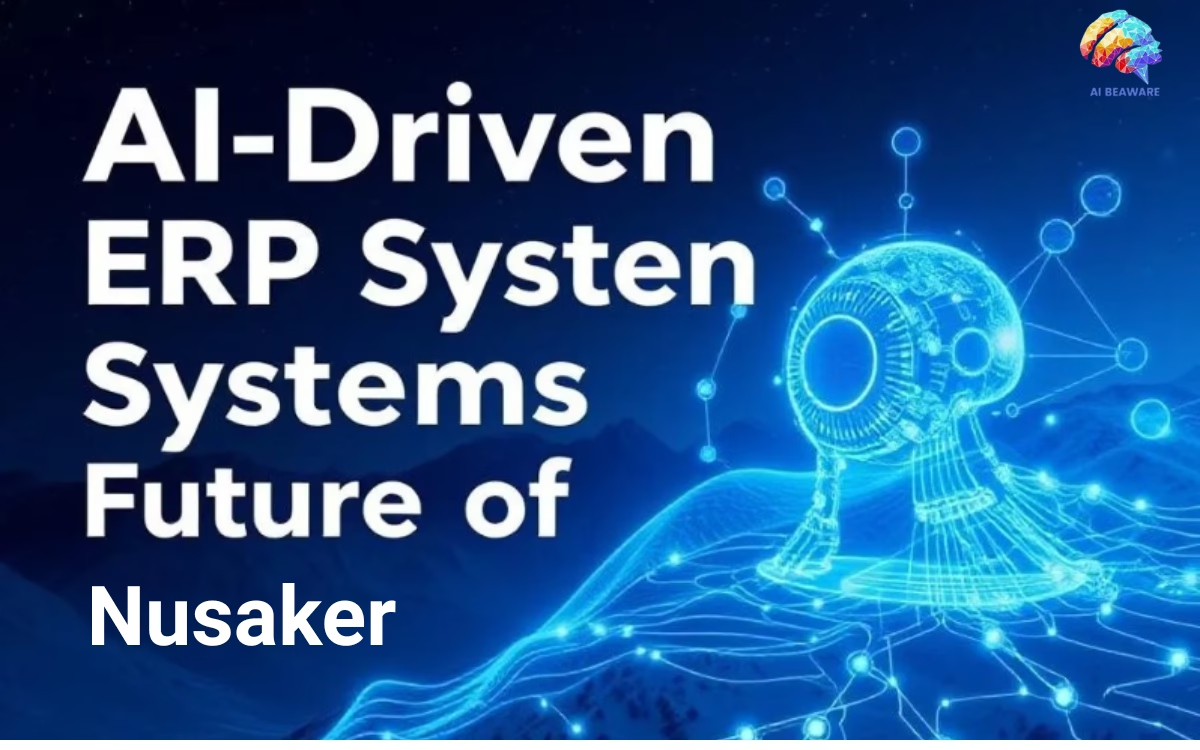Table of Contents
Introduction to NLP
Introduction to NLP Natural Language Processing (NLP) is a subfield within Artificial Intelligence (AI) that concentrates on enabling machines to be able to comprehend, interpret and react to the human languages. This guide will give you an extensive guideline for understanding NLP and includes keywords that correspond to the subject to provide a comprehensive overview.
Why Learn NLP?
The need in NLP experts is on the rise because of its use to chatbots, voice assistants research on sentiment and much more. The process of learning NLP opens doors to numerous career opportunities within AI and data science or software engineering.
Core Concepts of NLP
It is essential to understand these basic concepts: Tokenization: breaking down sentences into words or phrases. Stemming and Lemmatization: Reducing words down to their basic form. POS Tagging: identifying elements of speech within the sentence. Dependency Parsing: Understanding the grammatical relationship. It is a method of understanding grammatical relationships. (Named Entity Recognition) is a method of identifying entities based on the names of people and date.
Step-by-Step Process to Learn NLP
4.1 Understanding Linguistic Fundamentals
Begin by learning the fundamentals of linguistics including semantics, syntax, and pragmatics, to create an excellent base.
4.2 Key Machine Learning Algorithms for NLP
Learn about algorithms such as Naive Bayes Support Vector Machines, and Neural Networks that drive NLP applications.
4.3 Popular NLP Libraries and Frameworks
NLTK (Natural Toolkit for Languages) (Natural Toolkit) for educational and research needs. SpaCy: a fast library designed for industrial usage. The Hugging Face Transformer: cutting-edge models such as BERT or GPT.

1. Introduction to Natural Language Processing
This term focuses on knowing the nature of NLP is, what it’s goals and the ways it bridges the human language with machine comprehension. Beginners are introduced to the fundamental concepts such as tokenization, parsing, as well as semantics.
2. What exactly is NLP in AI
Learners examine the ways in which NLP can be integrated into the wider domain of artificial intelligence. They also learn about its role in helping machines to understand and create human language.
3. Applications of NLP
This keyword guides users through real-world applications of NLP including chatbots and sentiment analysis machine translation, search engines, demonstrating the importance of learning NLP within the actual world.
4. NLP Techniques for Beginners
This will explain techniques for beginners such as stemming, tokenization and stop-word elimination, which help beginners understand the basic methods used in NLP.
5. NLP for Data Science
Explores the interplay between NLP as well as data science, showing that text can be used to uncover insights, enhance predictive models, and aid in the business decision-making process.
6. How to Master NLP Quickly
The focus is on strategies to make learning efficient including using well-known NLP libraries, developing small-scale projects, and gaining an understanding of the most important algorithms such as Naive Bayes as well as BERT.
7. Natural Language Processing Roadmap
This keyword describes a planned learning process, beginning with linguistic fundamentals to the implementation of advanced deep learning models to perform NLP tasks.
8. Best NLP Algorithms
Explains the most widely-used algorithms such as Naive Bayes Support Vector Machines, and transformers, while highlighting their use in areas such as sentiment analysis and classification of text.
9. Deep Learning in NLP
It focuses on advanced techniques like RNNs, LSTMs, and transformers that make use of deep learning to make breakthroughs in tasks like the translation of texts and language.
10. Introduction to Text Mining
Text mining is an introduction to NLP and teaches students how to analyze and extract relevant patterns from huge amounts of textual information.
11. Sentiment Analysis using NLP
Explains the ways that NLP can be used to analyze the emotion of text (positive negative, negative, or neutral) It is a popular tool in business intelligence and feedback analysis.
12. How to Preprocess Text Data
This keyword dives into the preprocessing steps–tokenization, stop-word removal, stemming, and lemmatization–essential for preparing text data for NLP models.
13. Key NLP Libraries for Python
Explores the powerful Python libraries such as NLTK, SpaCy, and Hugging Face Transformers, which offer pre-built models and functions to make it easier for you to complete NLP tasks.
14. How to Implement NLP Models
Provides guidance to learners about the entire procedure of the implementation of NLP models beginning with data preprocessing and feature extraction through learning and deployment.
15. Learning NLP for Chatbots
This is focused on the creation of conversationsal agents. They cover techniques such as the ability to recognize intent, entities extraction and management of dialogue.
16. Voice Recognition and NLP
It demonstrates the ways in which NLP helps speech recognition systems like Siri and Alexa by translating speech into text, and then processing it to find the purpose of.
17. Future Trends in NLP
Examines emerging trends, like Multimodal NLP (combining the text and images or videos) as well as ethical AI offering an insight into the direction NLP is headed.
18. Understanding NLP Pipelines
Explains the sequence of the NLP pipeline, starting from tokenization and feature extraction through to modeling training, and then evaluation.
19. Top Resources to Learn NLP
Lists of books (e.g., “Speech and Language Processing”), courses (e.g. the Coursera NLP Specialization) as well as groups (e.g., Kaggle) to assist learners in finding the most relevant sources.
20. Free NLP Tools for Beginners
Introduces free tools such as Google Colab, NLTK, and Hugging Face which allow novices to master NLP without major financial investment.
21. Common Mistakes in NLP Projects
It highlights the pitfalls of misestimating preprocessing, overlooking class imbalances, or over-fitting learning how to avoid these.
22. How to Evaluate NLP Models
Concentrates on evaluation metrics like precision, accuracy, recall F1-score, scores for BLEU, which are vital for evaluating NLP modeling performance.
23. Transfer Learning in NLP
Explains how pre-trained models such as BERT as well as GPT can be tuned to specific tasks, thus reducing time and enhancing the results.
24. NLP using TensorFlow
Learn how to make use of TensorFlow’s NLP libraries to build and develop models, focusing on performance and scalability.
25. NLP using PyTorch
Explores the NLP-specific tools of PyTorch and demonstrating how its flexibility allows it to experiment using custom structures.
26. Text Generation using NLP
covers the creation of coherent texts, like stories and news articles, employing models such as GPT that predict the word that will be next in a given the context.
27. Real-Time NLP Applications
Explains the ways in which NLP is utilized in real-time systems, such as live translation and fraud detection tools, highlighting its significance when working in dynamic situations.
28. How to Learn NLP for Career Growth
It focuses on the benefits for career of NLP skills, like the roles available within AI or data science and how to present the abilities to employers.
29. Comparison of NLP Libraries
Comparing the most popular libraries (e.g., NLTK vs. SpaCy vs. Hugging Face) by evaluating factors such as user-friendliness as well as performance and scalability.
30. Best NLP Courses Online
Recommends courses such as Stanford’s CS224N and Coursera’s NLP Specialization In order to ensure that learners have access to an organized and high-quality education. Resources to Master NLP Books: “Speech and Language Processing” by Jurafsky and Martin “Natural Language Processing with Python” by Bird, Klein, and Loper Online Courses: Coursera’s NLP Specialization Stanford’s CS224N (NLP with Deep Learning) Communities Kaggle discussion forums NLP Forums and subreddits Common Challenges in NLP and How to Overcome Them Big Datasets: Solutions Utilize cloud-based software such as Google Colab for processing. The Understanding of Context Solution Make use of advanced models such as BERT or GPT-4. Model Accuracy: Solution Test hyperparameter tuning as well as cross-validation.

FAQs
What are the requirements for taking up NLP?
An grasp of the basics in programming (Python) and statistics as well as machine-learning is suggested.
How long will it take to master NLP?
It’s all about your prior experiences, but with constant efforts, you’ll improve your skills in just three to six months.
Can NLP be taught by self-study?
With the abundance of online resources Self-learning NLP is possible.
What industries employ NLP?
Retail, finance, healthcare customer service, healthcare and many more. Conclusion Learning about natural language processing is an exciting process that blends computers, linguistics and AI.
Conclusion
Learning about natural language processing is an exciting process that blends computers, linguistics and AI. Following this guideline using the relevant keywords and using the recommended resources, you will be able to build a solid foundation in NLP and the applications it can provide.







